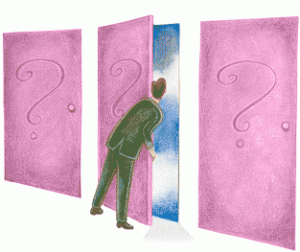A closer look at three phases may bring an answer.
 In defining death we need to look closer and begin at the beginning.
In defining death we need to look closer and begin at the beginning.
Phase One: “Using Death As An Advisor” a quote from Carlos Castaneda.
That is to say, recognizing that death is always there – “just over our right shoulder.” Defining death more graciously with the acceptance of its reality is to live each day like it may be our last. As death approaches, people have shared, “I wish I hadn’t said or done that!” or “Oh, how I wish I had done that! And, eventually our physical death will come. It just may not come as a peaceful passing when there is a sense of “Unfinished Business.”
Phase Two: “Whose Life Is It, Anyway?”
The difference between prolonged suffering and supportive caring can raise strong opinions about defining death – emotional feelings about LOSS for both the person facing death and those around them. An individual facing death may resolve that they are ready to die. In defining death on a personal level, the desire to live (often with poor quality) becomes less learning to accept the dying experience. However, the people around this individual – doctors, nurses, social workers, clergy, family, friends, and society – begin defining death on their terms. They say, “No, you can’t just die! There’s a new medication or surgery or machine or therapy that can help you keep going.” Other well-meaning people may want the dying person to hold on just a little bit longer because they don’t want to face losing to “something” (death) that is beyond their control. Often the attachment in keeping a certain person (like a young child) alive is understandably of a personal need. A lot of personal searching is needed with this Phase because everyone feels so differently about quality of life and simply defining death. (…more regarding this Phase as we explore the topics of grief, loss, and ethics.)
Phase Three: “The Art of Dying”
Relax, Breathe, and Let Go !
This phase in defining death is much like explaining the miracle of birth. This experience has its own phases – some are long and both emotionally and physically painful; while others are short, relatively painless, and hold the fondest of memories. The Birthing Movement has evolved greatly over the past 2-3 decades. That is the hope of this website; in defining death more closely (physical, emotional, and spiritual) we can become more comfortable to accept it as a most tender universal experience.
